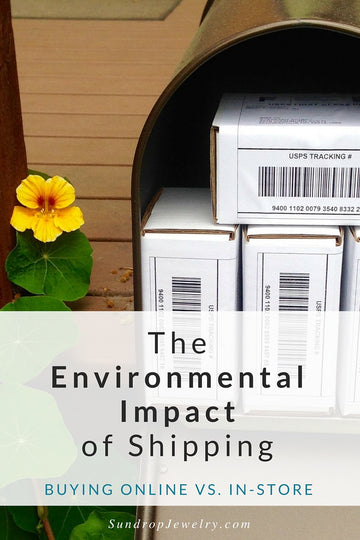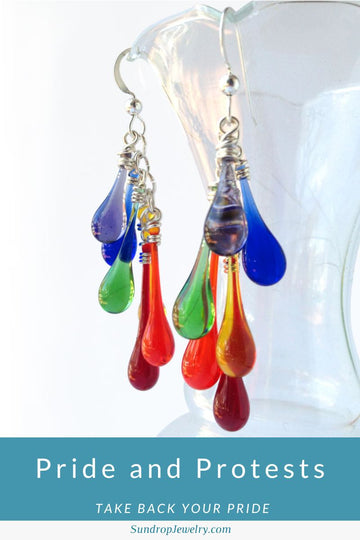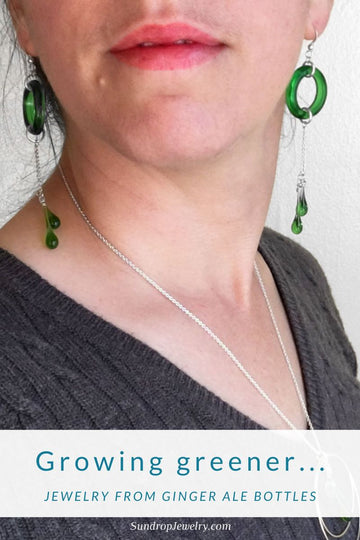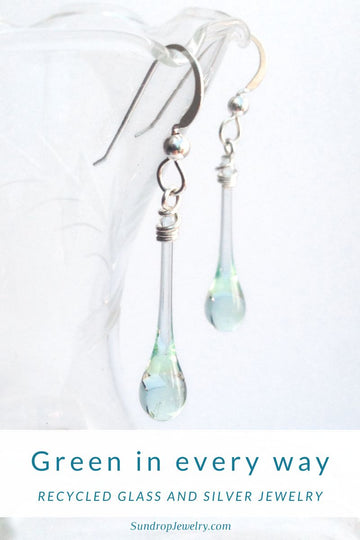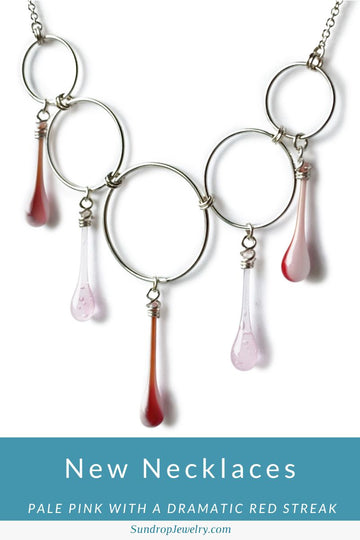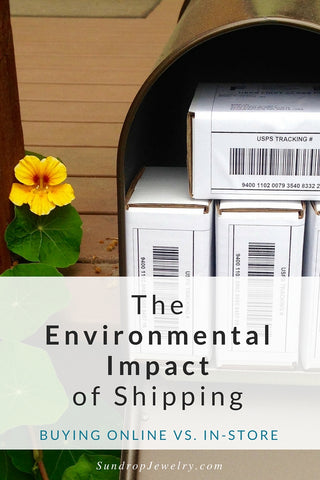 With the rush on our webstore from the recent New York Times article, I figured it was a good time to update our report on the impact of shipping Sundrops.
With the rush on our webstore from the recent New York Times article, I figured it was a good time to update our report on the impact of shipping Sundrops. Retail Boxes
We recently bought new boxes for mailing our webstore orders. Two years ago our 200# white corrugated boxes had no recycled content – now they’re 45% recycled! Also, we decided that we didn’t need the boxes to be quite as large, so we went with 4″x4″x2″ instead of 6″x4″x2″, shaving slightly more than half an ounce from their shipping weight. The Environmental Defense Fund paper calculator was helpful once again: net energy used in the production of these boxes dropped by 37%, and CO2 emissions by 42% compared to our previous boxes!
Wholesale Boxes
As I’ve mentioned before, the majority of our shipping is to retail stores, and for that we use theUnited States Postal Service’s free priority mail boxes. The boxes have received Cradle to Cradle Silver certification, but I have still been unable to find any hard numbers on their recycled content. The best I can do is this: the EPA guidelines for post-consumer recycled content in corrugated cardboard is 25-50%. The Postal Service stated that they had already exceeded EPA recycled content standards, and went even farther in order to receive Cradle-to-Cradle certification. That at least gives us a minimum.
However, the USPS has produced a sustainability report for 2008, providing both the total weight shipped via USPS in 2008 and the total emissions for all of their operations. Based on this, I calculated the impact of shipping a thousand pairs of earrings to both retail and wholesale customers.
Retail vs. Wholesale Shipping

Note: This chart doesn’t include the impact of
the boxes, just the Postal Service’s footprint
for mailing items. One could argue that the
free priority mail boxes are factored in here,
as they are counted in the overall USPS foot-
print, but it is certainly not representative of
our use of them.Unsurprisingly, the most pertinent factor in shipping retail versus wholesale is the number of earrings shipped together. Our direct retail orders are mostly for a single piece of jewelry (I’ve estimated an average of 1.25 pieces per shipment), and thus it takes about 800 shipments to send out our thousand pairs of earrings. Wholesale shipments are going to retail stores for reselling, and typically contain about 25 pieces of jewelry, meaning it only takes 40 shipments to send out those same thousand pairs of earrings! While the shipping impact of a wholesale order is almost exactly twice as big as the impact of shipping a retail order (bigger box, more weight), mailing 1000 earrings piecemeal to individuals has a 10 times greater impact.
Shopping: Online or Physical Store?
At this point, you may cover your eyes and say, “I’m never going to order things online again!” However, there has been a lot of talk about whether the impact of driving yourself to the retail store is better or worse than the extra shipping impact associated with online purchasing. Turns out it’s not at all clear cut which is better for the environment – it depends entirely on the exact circumstances.
Related Articles

